You can use the built-in microphone on your Chromebook, iPad or Windows device for speech recognition but our experience and the general consensus is that you get better results with an external microphone.
Headset microphones
- The microphone is close to your mouth, so you can talk more quietly and still be heard.
- The microphone is in a consistent position, which improves the reliability of the recognition.
- Noise-cancelling mics filter background noise (for example in an office or classroom) and so work better in noisy environments.
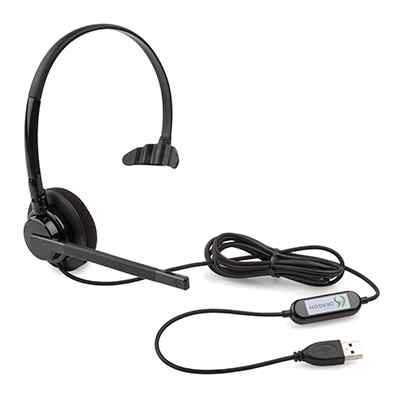
We strongly recommend that you invest in a decent microphone that is:
- noise-cancelling;
- USB or wireless;
- specified for speech recognition.
We often get asked if there's a way to stop speech-to-text apps from picking up chatter in a classroom and a headset 'noise-cancelling' microphone cuts out noise around you and is close to your mouth which means that it works even when you speak quietly.
Headsets are available with one speaker (mono) or two (stereo). With a single speaker you can obviously hear what's going on around you; with two ear-pieces you may feel more able to concentrate on your dictation. Some pupils with sensory challenges or who are easily distracted may prefer a stereo headset. Headsets with a single ear-piece are often slightly lighter.
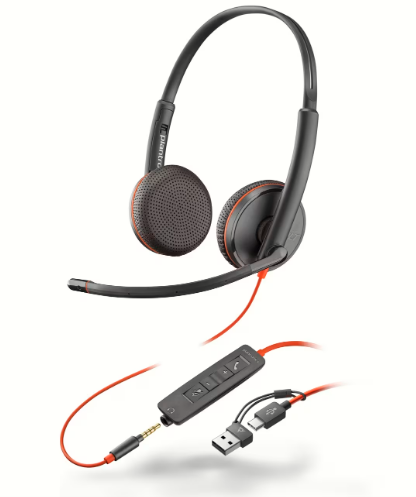
Blackwire 3225 stereo headset with 3.5mm and USB A and C connectors that works with almost all mobiles and devices.
A huge range of headsets are available, and some examples are below. These are not endorsements – check out the specifications and information on the speech recognition suppliers listed below for more information.
Wired headsets
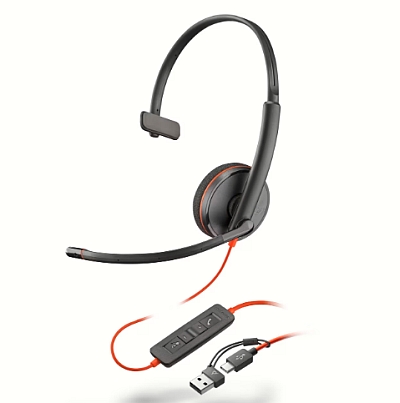
Poly Blackwire 3210, £22 (about £16 via the Procurement Scotland catalogue); mono lightweight USB A / C headset.
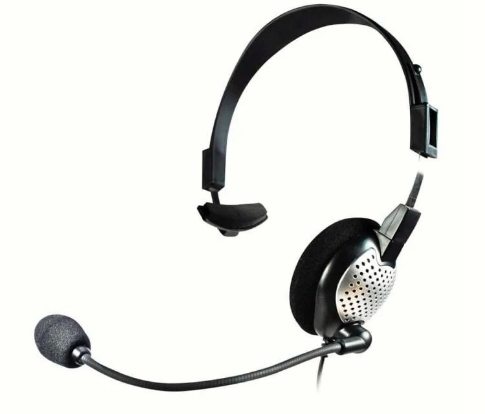
Andrea NC-181VM USB, £30. Lightweight mono USB-C headset.
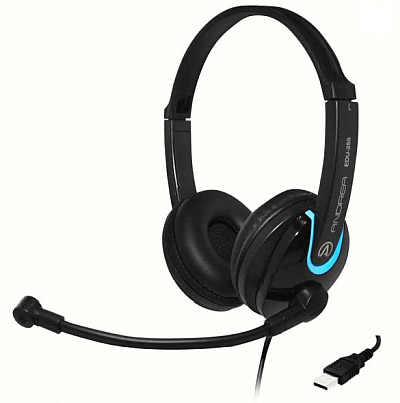
Andrea EDU-255 USB, £30. Over-ear stereo USB headset
Wireless headsets
Wireless headset microphones leave you free you to dictate while walking around, standing, or from a wheelchair. Most are Bluetooth and so should work with your mobile phone, tablet or computer. The more expensive Bluetooth mics are often supplied with a matched USB Bluetooth adapter which can be more reliable than the built-in Bluetooth on your device.
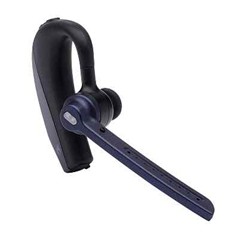
Dragon bluetooth wireless headset, £129. Small, over-ear headset designed for speech recognition.
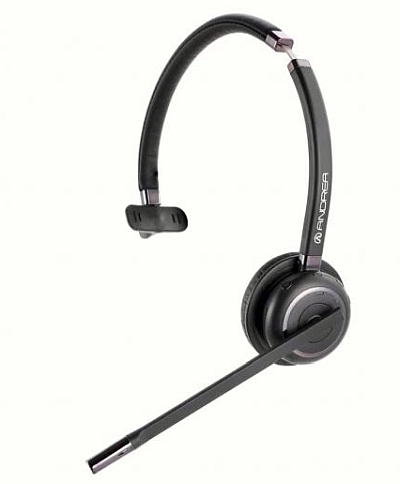
Andrea WNC-2100 wireless bluetooth headset, £93. Mono headset with Bluetooth.
Earbud microphones
Wired and wireless earbuds may work quite well for you and as many young people own a pair, they are worth trying. Possible advantages are:
- they are unobtrusive;
- lightweight and often wireless;
- many are noise-cancelling and the microphone is relatively close to your mouth.
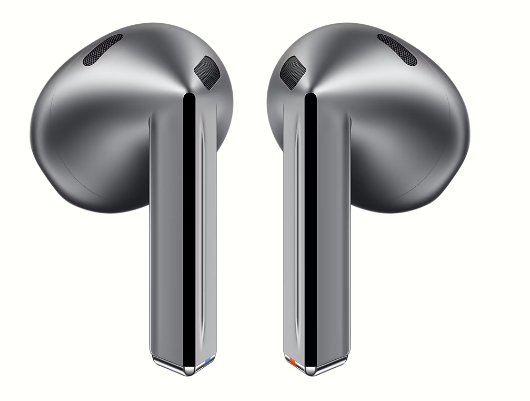
Ear-buds range from a few pounds to hundreds. As with all audio equipment, you get what you pay for: but since it’s mainly the microphone that we’re interested in, you might not care too much about the very expensive sets with super enhanced bass response for your beats.
Not many speech recognition suppliers sell earbuds which may be because they don’t work as well as headsets.
Desktop hands-free microphones
Desktop microphones may be suitable for wheelchair users or anyone who has difficulty putting on a headset. They are also more convenient for general use. They work best in a quiet environment.
Blue Yeti USB, £120. Not designed specifically for speech recognition, but it seems to work well. The Yeti Nano is slightly smaller and cheaper.
Speak-IT Premier Goose-Neck USB microphone, £60. Noise-cancelling mic designed for hands-free use.
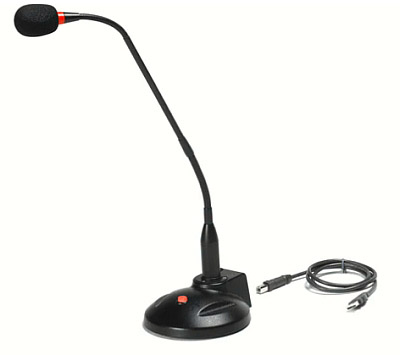
Nuance PowerMic 4, £185. Handheld and can be attached to a stand. Not suitable for anyone who can’t use the buttons.
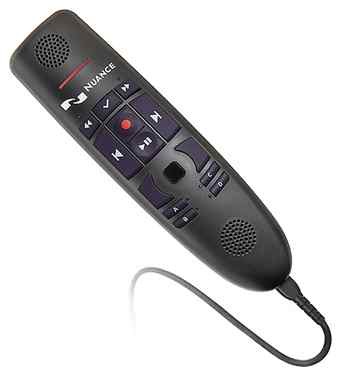












Our social media sites - YouTube, Twitter and Facebook